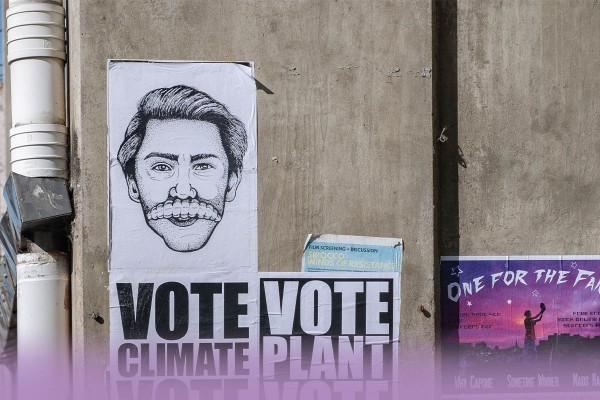With local council elections just over a month away, political candidates are waiting with baited breath to see if the public will make or break their futures in office. While breath-holding competitions may be the strategy for some, it seems like most have taken to festooning their faces to Dunedin’s streets in hopes of drawing attention to their various plights.
37 pieces of political propaganda currently adorn the two blocks between Rob Roy Dairy and Meridian Mall - a truly staggering number, showcasing both a deeply rooted interest in the upcoming election but also the capacity available for poster hanging on Dunedin’s streets (keen).
So what’s the psychology behind this strange advertisement scheme? Why have unfortunate Dunedinites, blinking the sleep from their eyes on their daily commutes, been condemned to a glimpse of Lee Vandervis’ grizzled face along the state highway? You may be asking yourself: “Am I really so dumb that I need to see two of the same sign on my way to Uni just in case I forgot the candidate in the time between? Or do councilors think I’ll elect the person who can afford to put out the most signage because they’re rich?” But most notably it must be asked: do more ads actually lead to results? Or does the old saying, that “half of all advertising budgets is wasted, but no one knows which half,” remain true?
To tackle this issue, Critic Te Ārohi went to the first port of call – their psychology lecturer. They did not respond to email, but let’s see who gets the last laugh when your next question is met with seven seconds of awkward silence. We instead did what we should have done in the first place, contacting Professor Janine Hayward, a specialist in New Zealand politics. She started by saying that: “Advertising reminds people there is an upcoming election and encourages them to vote,” which means that “money certainly helps when it comes to launching a successful campaign.”
While Professor Hayward’s political theory seemed plausible, naturally it would have to undergo scrutiny from the ultimate authority in any democracy: the people. To do this, Critic Te Ārohi spun a yarn with Sammy and Lakita, two students we found lurking in the law library. While Lakita remained firm in her suggestion that there were “absolutely no links” between advertising and election success, a rather frenzied Sammy posited that some of the signs around Dunedin: “Make me want to meet with them, purely because I would find it amusing”. Just as I feared people could be arm-twisted by sheer ubiquity to vote for a candidate, though, Sammy somewhat put my worries to rest by suggesting that political signs actually “make it less likely for me to vote for them”. While these yarns didn’t seem to support any sort of hypothesis, they did seem to suggest one thing: while everybody is seeing these signs, absolutely nobody wants to be.



